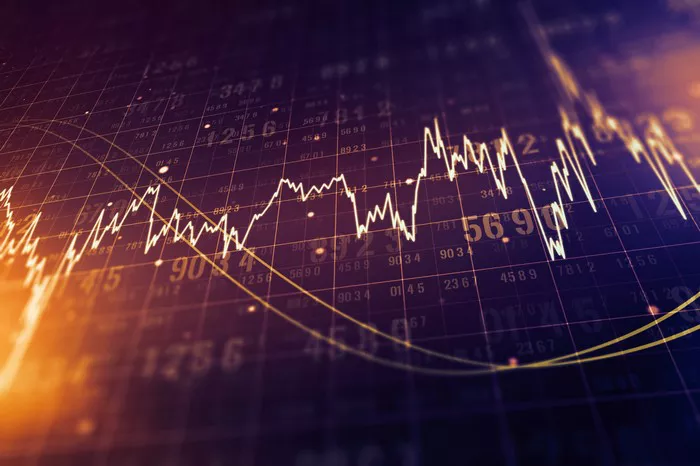Stock market futures play a pivotal role in the global financial landscape, providing investors with valuable insights into market sentiment and price expectations. In this comprehensive guide, we delve into the mechanics of stock market futures, their uses, benefits, and risks. Whether you are new to futures trading or seeking to deepen your understanding, this article aims to clarify how stock market futures work and their impact on investment strategies.
What are Stock Market Futures?
Definition and Basics
Stock market futures are financial contracts that obligate the buyer to purchase (in the case of a “long” position) or the seller to sell (in the case of a “short” position) a specific quantity of a stock index at a predetermined price on a future date. These contracts are standardized and traded on futures exchanges, providing investors with a means to speculate on or hedge against future price movements in stock indices without directly owning the underlying assets.
Mechanics of Stock Market Futures
Contract Specifications
Futures contracts specify:
Underlying Asset: Typically a stock index like the S&P 500, NASDAQ-100, or Dow Jones Industrial Average.
Contract Size: The standardized quantity of the underlying asset.
Expiration Date: The date by which the contract must be settled.
Settlement Price: The price at which the contract is settled upon expiration.
Trading Hours and Liquidity
Futures markets operate nearly 24 hours a day, allowing for global participation. Liquidity varies by contract, with popular indices like the S&P 500 typically having high trading volumes and tight bid-ask spreads.
Uses of Stock Market Futures
Speculation
One of the primary uses of stock market futures is speculation. Traders take positions based on their forecasts of future market movements. A trader expecting the stock market to rise may go long on futures contracts, while one anticipating a decline may go short.
Hedging
Futures contracts serve as effective hedging tools for investors looking to mitigate risk. By taking an opposite position in futures to their portfolio holdings, investors can protect against adverse price movements in the underlying assets. For example, a fund manager holding a diversified portfolio of stocks may use stock index futures to hedge against market downturns.
Portfolio Management
Futures allow portfolio managers to adjust asset allocations efficiently. By using futures contracts, managers can quickly adjust exposure to different sectors or regions without buying or selling individual stocks, optimizing portfolio performance and risk management.
Benefits of Stock Market Futures
Leverage
Futures contracts require only a fraction of the total contract value as initial margin, allowing investors to control a larger position with a smaller capital outlay. This leverage amplifies potential returns but also increases risk.
Price Discovery
Futures markets facilitate price discovery by aggregating the collective expectations of market participants about future asset prices. The transparent nature of futures trading provides valuable information to investors and policymakers.
Risk Management
Futures enable precise risk management strategies. Hedging with futures allows investors to protect against adverse market movements while maintaining exposure to potential gains in other parts of their portfolio.
Risks Associated with Stock Market Futures
Leverage and Margin Calls
While leverage can amplify returns, it also magnifies losses. Futures trading involves margin requirements, and adverse price movements can lead to margin calls, requiring additional funds to maintain positions or face liquidation.
Market Volatility
Futures markets can experience heightened volatility, especially during economic events or geopolitical uncertainties. Rapid price movements can result in significant gains or losses within short periods.
Roll-over Risk
Futures contracts have expiration dates, requiring investors to roll over positions by closing existing contracts and opening new ones with adjusted expiration dates. Roll-over transactions may incur costs and expose traders to price differentials between contract months.
See Also: How Many Futures Exchanges Are There in the World?
Popular Stock Market Futures Contracts
S&P 500 Futures (ES)
The E-mini S&P 500 futures contract (ticker symbol ES) is among the most actively traded futures contracts globally. It tracks the performance of the S&P 500 index, representing 500 large-cap U.S. companies.
NASDAQ-100 Futures (NQ)
NASDAQ-100 futures (NQ) track the performance of the NASDAQ-100 index, composed of 100 non-financial companies listed on the NASDAQ stock exchange.
Dow Jones Industrial Average Futures (YM)
YM futures represent the Dow Jones Industrial Average, comprising 30 significant U.S. blue-chip companies.
How to Trade Stock Market Futures
Select a Futures Broker
To trade stock market futures, you need a futures brokerage account. Choose a reputable broker that offers competitive pricing, robust trading platforms, and access to a wide range of futures contracts.
Research and Analysis
Conduct thorough research and analysis before trading futures. Understand the factors influencing the underlying stock indices and develop a trading strategy based on technical and fundamental analysis.
Place Orders
Use your brokerage platform to place orders for futures contracts. Specify the contract, quantity, order type (market, limit, stop), and duration. Monitor your positions and adjust strategies based on market developments.
Conclusion
Stock market futures are powerful financial instruments that serve multiple purposes for investors and traders alike. Whether used for speculation, hedging, or portfolio management, futures contracts provide opportunities to capitalize on market movements and manage risk effectively. By understanding the mechanics, benefits, and risks associated with stock market futures, investors can make informed decisions and integrate futures trading into their investment strategies. As with any investment, careful planning, research, and risk management are crucial to navigating the complexities of futures markets and achieving long-term financial goals.


